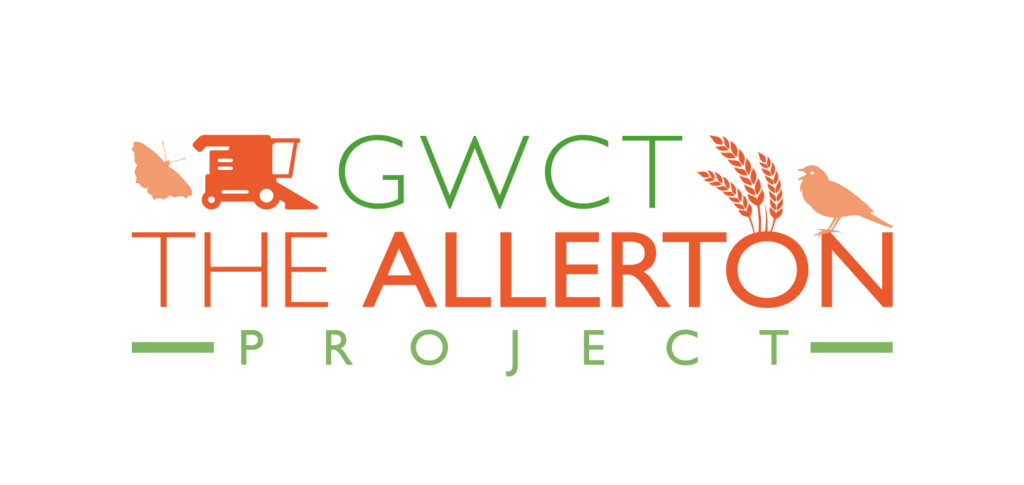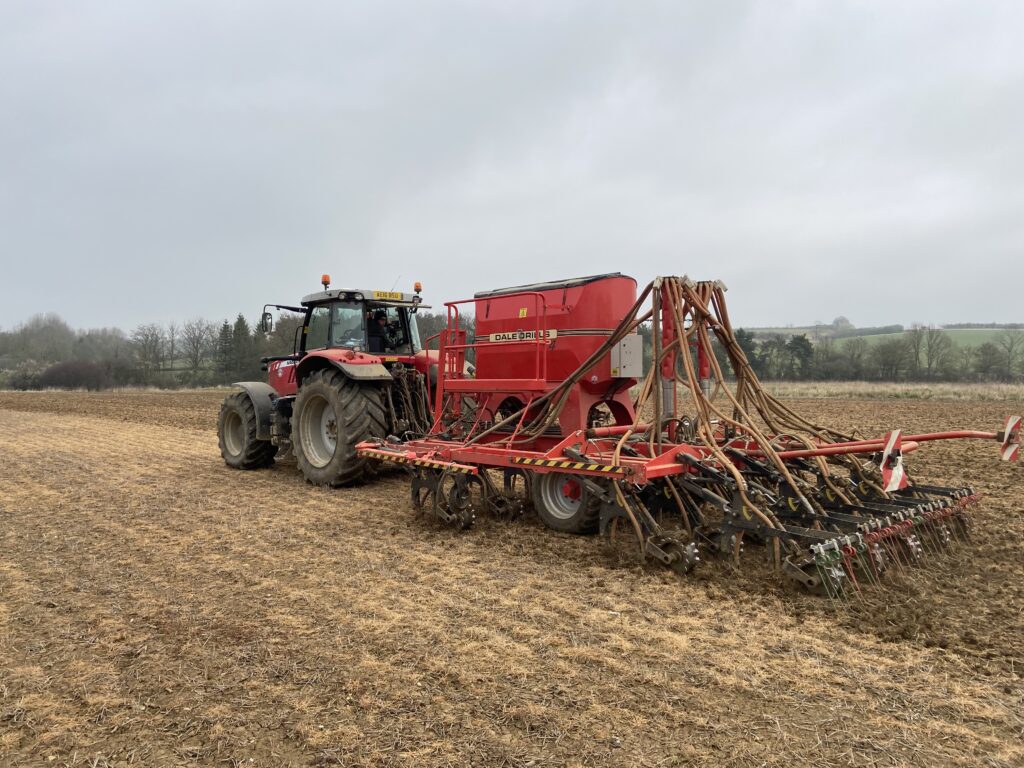Written by Dr Alastair Leake from The Allerton Project
“There’s a reason why we use the plough” a colleague sagely advised me when I questioned this fundamental agricultural practice; “It works” – and I was treated to a history lesson to-boot. Having transitioned from growing heated glasshouse salad crops in hydroponics, the ultimate zero-till system, I was curious to explore the concept of Integrated Crop Management (ICM), which appeared to advocate as one of its key tenets something called “Min-till”.
Over the next decade we transitioned through a number of drills, mostly loaned by dealers. We began with a one pass system developed by German machinery manufacturer Rau, which completes four operations in one pass – soil loosening legs to open the ground; a powered rotovator to create the tilth; a seeder unit dropping the seed into the curtain of soil thrown up by the rotovator; and roller to consolidate. We had good results with establishment but the machine was only 3.0m and needed a lot of horse-power and the intensive soil disturbance by the rotovator chitted a lot of weed seeds. On 2,000 acre estate we calculated that we’d need 8 of them to get the autumn crops in so that machine idea was parked.
Next up was the formidable JD750A No-till drill. Being rather too eager on its first trip out we drilled for 7 minutes and then spent 7 hours unblocking the drill. But once the operator was tamed the results were impressive. The drill was excellent on seed depth placement, seed to soil contact and was able to deal with undulating ground and trash remarkably well. Its only downsides were a hefty price tag and the wide rows which allowed weeds too much space to grow before the crop canopy closed.
Following a visit to Sweden, where the crop establishment interval between harvest and permafrost can be tight, we bought in a Vaderstad Rapid drill. Again it took us a while to set the drill, including a visit from the Companies UK MD who spent several hours under the drill making adjustments, (impressive I thought, how many MD’s would be able to do that?) and then we were flying as the machine gobbled up the acres. We were not alone, the ground-breaking LIFE (Less Intensive Farming and the Environment) Project, which was pioneering minimal tillage approaches at the time also moved away from a one pass Dutzi drill to a wider, faster operating disc drill. Indeed, more and more people were asking to come and visit our trials and it was clear that there was a renewed appetite to move away from the plough, after a discredited spell of direct drilling during the 1970’s.
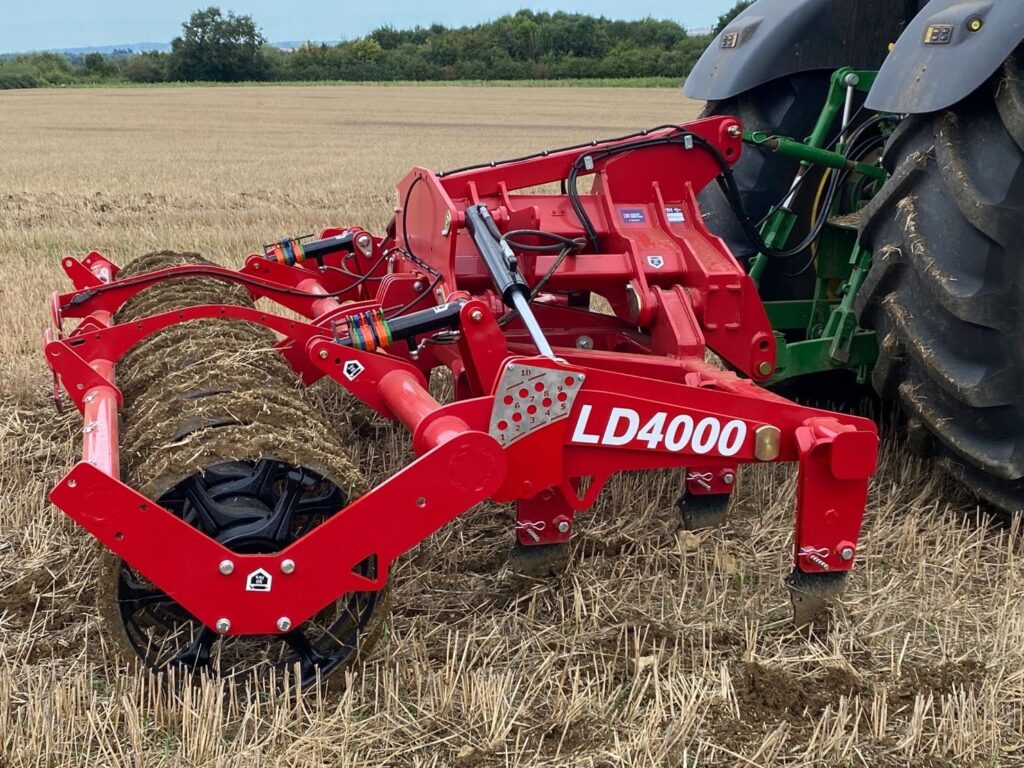
At this point I moved 12 miles to take up my role at the Allerton Project. Allerton too was in the process of transition moving from ploughing to a Simba Solo and Free-Flow drill system. This was a good “belt and braces” approach on heavy ground, but the level of disturbance is akin to a shallow plough, but without the inversion. We expanded our operations by taking on contract work for neighbours who were not yet ready to invest in machinery and make the switch until they had seen some results. Some considered the tine based Free-Flow to be a weak link in the system so we brought in a Vaderstad Rapid with disc seeders, which we operated successfully for a number of years. From then we moved onto a John Dale Ecodrill interspersed with a Claydon. I’m often asked by farmers to nominate the best drill I have ever used, but that’s impossible to say, because every drill has its strengths, depending on what you are using it for and where and when you are using it.
Recognising that issues of trash, slugs, grassweeds and compaction can be a challenge for non-inversion tillage systems a small group of experts set up a new organisation – The UK Soil Management Initiative or UKSMI. SMI brought together soil scientists, farmers, machinery manufacturers, NGO’s and agronomists to work together to overcome the problems. We were soon in-touch with European partners and similar National Associations from Denmark, Germany, Portugal, Italy, Spain and Switzerland coalesced to create The European Conservation Agriculture Federation or ECAF. We succeeded in gaining EU Funding under the LIFE Programme and this enable us to travel and meet, run seminars and farm walks and all learn from one another. I consider this bringing together of knowledge to have been key to the rapid adoption of non-inversion tillage across Europe. In the UK we went from less than 10% of land under non-plough tillage in 1999 to over 50% by 2006, just 7 years, putting us only second to Finland on the leader-board. The number of country members of ECAF doubled too as others joined. Defra commissioned us to write “A Guide to Managing Crop Establishment” and to run events and workshops around the country. The Guide used 12 case studies on different soil types, rotations, in different counties to show how some farmers had managed to successfully make the switch away from ploughing. Another study, again supported by Defra. compared 5 farms using non-inversion tillage with 2 farms still ploughing. The results showed that non-inversion tillage saved 52 minutes a hectare in establishment time. With farms expanding at that time but not wishing to increase labour this was a major driver behind the switch.
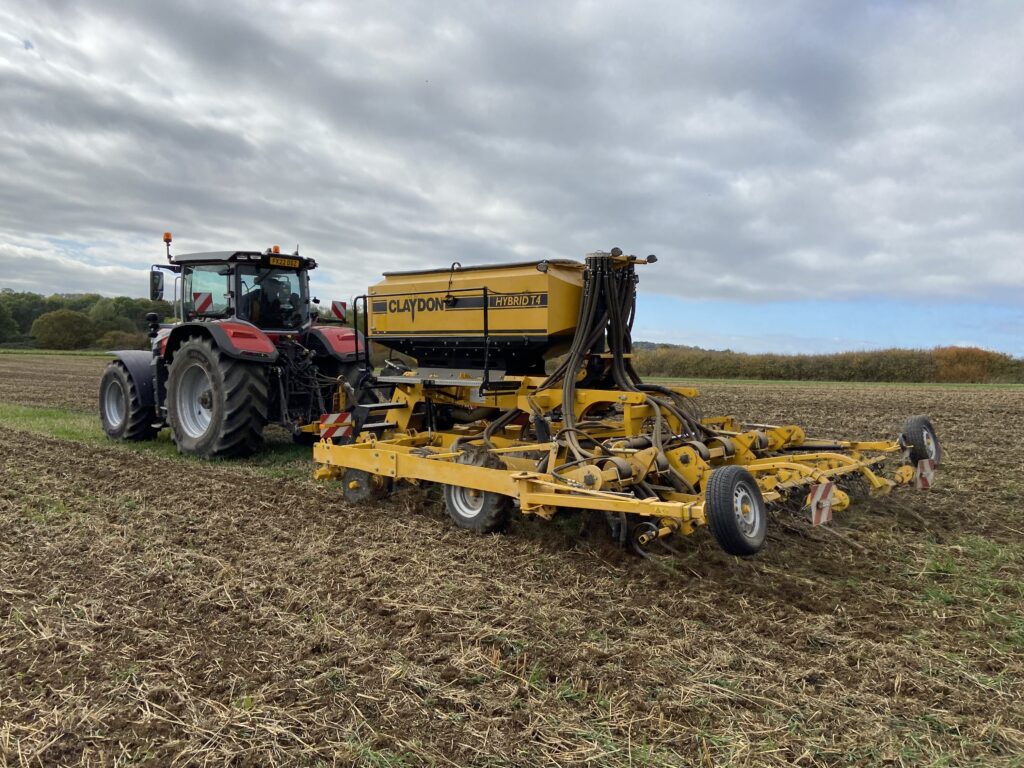
Engineering developments meant drills achieved better slot closure, straw choppers and spreaders got better at dealing with straw and “trash rakes” were developed, including one by SMI founder Director and Worcestershire Farmer Jim Bullock who went onto form BASE (Biodiversity, Agriculture, Soil and the Environment) with another pioneer of the time Steve Townsend. With better trash management and slot closure slugs became less of a problem.
Important new research at the time demonstrated significantly less seed hollowing when winter wheat was sown at 40mm rather than 20mm, partly through preventing slugs from accessing the seed and partly due to more consistent and higher moisture levels at depth giving rise to faster chitting and lessening the vulnerable period when seed is sat in the soil dormant. Further research demonstrated that trashy stubbles were good for beneficial predatory insects which helped to reduce BYDV infections by controlling winged aphids flying into the crop. Only quite recently we have shown how direct drilled stubbles with long straw provide structures for spiders to weave webs and reduce cabbage stem flea beetle infestations in autumn sown oilseed rape, and across a wide range of sites we have shown time and again that birds prefer stubbles in winter compared to ploughing.
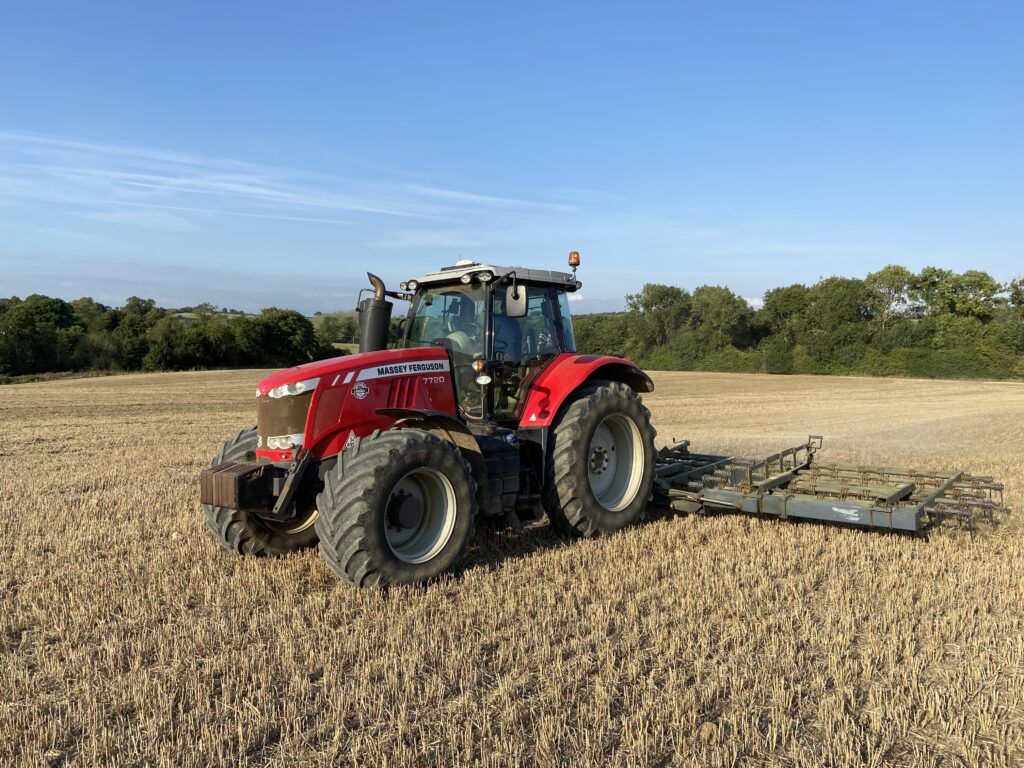
So with the majority of the early problems of switching tillage resolved we were left with the final and most difficult challenge – herbicide tolerant blackgrass. In a short article I’m not going to be able to begin to cover the vast amount of work that has gone into trying to manage this. Indeed having listened to renowned Rothamsted weed scientist Steve Moss speak on the subject for over four hours, and to be re-assured by him that he could go on for another two, you can see why I might shy away from this. However certainly our experience at the Allerton Project, where the battle continues, we have found that using a whole range of approaches in tandem can make the problem manageable. Shifting to a strong emphasis on cultural control is working for us, including bringing in spring sown crops to the rotation, delayed drilling in the autumn, the re-introduction of rotational leys, which we spray off after three years and then direct drill with hybrid winter barley, which effectively gives us four years without fresh return of blackgrass seed works well. Perhaps the most contentious thing we do is to occasionally introduce the plough to invert the soil and give us a fresh start. This I know causes deep anxiety to those who believe that all the hard work done to make the transition to direct drilling will be lost. Perhaps then I can offer some words of comfort based on our scientific evaluation of the impacts of rotational ploughing. Firstly, if you only do it once then the harm is limited. Certainly we lost around 20% of the carbon and 50% of the earthworms, but we still had more of both than when we started down this route. Consolidating the soil quickly behind the plough reduces soil carbon loss, and possibly earthworms too. Done well it can certainly reduce the amount of blackgrass seed in the germination zone, but you may also get some unexpected surprises as I did when we ploughed a field that had only been cultivated by reduced tillage for 2 decades; we brought up dormant charlock seeds. It showed me how well we had purged the field of this weed problem through non-inversion tillage without even noticing, until we brought up that legacy to the top again.
Going forward it is good to look back at what we have learnt and how we have addressed the past challenges. Now we must address the current ones. Recent work at Allerton with Syngenta has shown that Conservation Agricultural approaches halve the amount of fuel used while increasing the work rate by 50%. With high fuel costs and weather patterns becoming more extreme, limiting work windows and curtailing yields, the challenge now is to make our approach to crop establishment more resilient.
